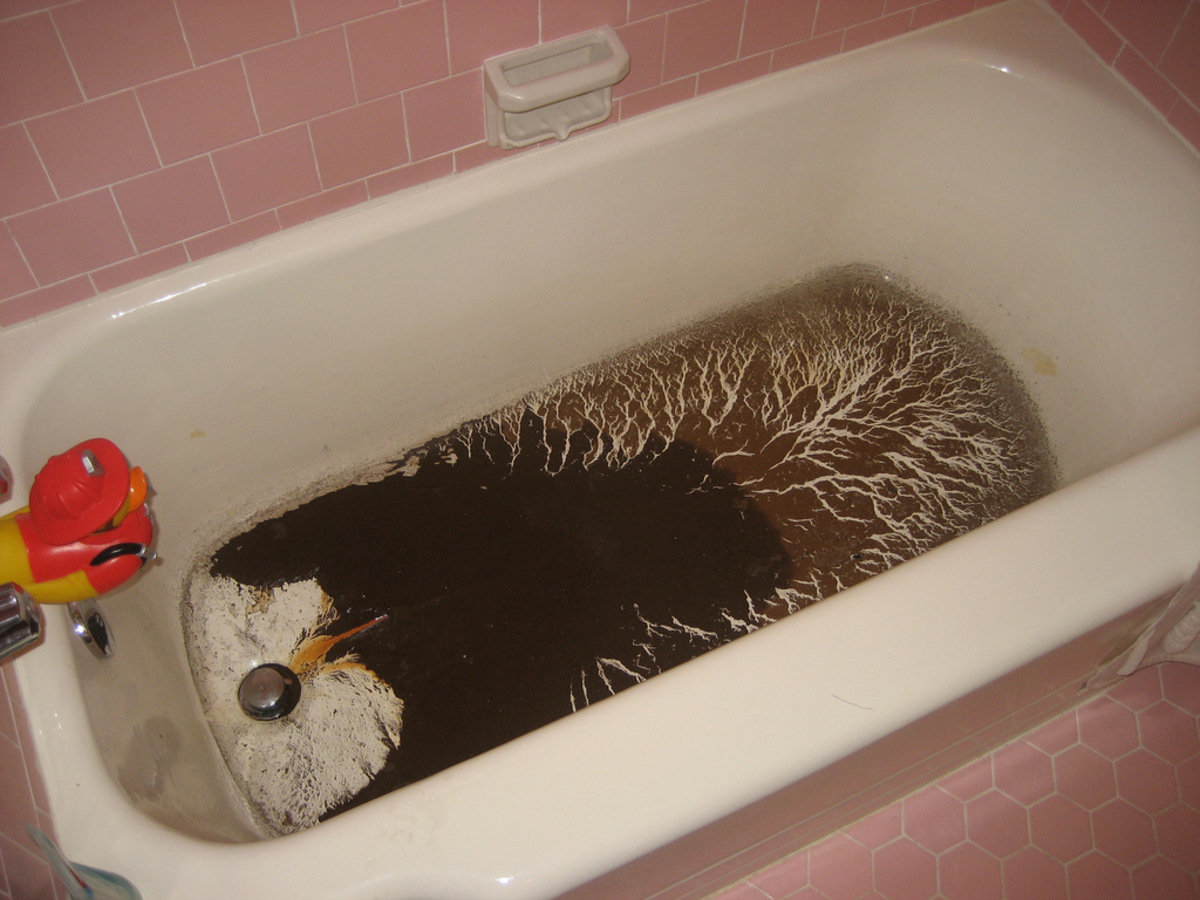Untangling the Mystery of Drainage in the Bathtub
Untangling the Mystery of Drainage in the Bathtub
Blog Article
Everybody maintains their unique thinking in relation to Water Coming up Bathtub Drain.

Sewage backup in the tub can be a traumatic and unhygienic problem for any type of property owner. Not only is it troublesome, but it likewise postures serious health risks and shows underlying concerns with the plumbing system. Recognizing why sewer is coming up via the bath tub is vital for taking appropriate activity to address the issue successfully.
Intro to the Concern
Common Factors for Sewer Back-up
Clogs in the Sewer Line
One of one of the most usual root causes of sewer back-up is a blockage in the sewer line. This can take place because of the build-up of debris, oil, or foreign items in the pipes, avoiding correct circulation and creating sewer to support into your bathtub.
Tree Origin Breach
Tree roots looking for moisture and nutrients can penetrate drain lines via small cracks or joints. Over time, these roots can expand and broaden, causing substantial damages to the pipes and bring about sewage backup issues.
Recognizing the Trouble
When sewage draws back up into the bath tub, it's a clear indication of a trouble with the drain system. The wastewater that should be flowing away from your home is rather discovering its back into your home, which can lead to substantial damage and carcinogen.
Possible Causes
Several elements can add to sewer back-up in the tub. From obstructions in the sewage system line to issues with the plumbing infrastructure, identifying the source is vital for finding a solution.
Aging Framework
Older homes may have obsoleted plumbing systems that are much more susceptible to deterioration, fractures, and damage. As pipes age, they become much more vulnerable to leaks and clogs, enhancing the likelihood of sewer backup cases.
Heavy Rainfall or Flooding
Throughout periods of heavy rainfall or flooding, the sewer system might end up being overloaded with excess water, triggering backups and overflows. This can cause sewage backing up right into bathtubs and other fixtures inside the home.
Signs of Sewage Backup
Foul Odors
Unpleasant smells rising from drains or components, especially in the restroom, may show sewage backup issues. These odors are typically solid and persistent, indicating an issue that requires prompt attention.
Slow Draining Fixtures
Tubs, sinks, and commodes that drain pipes slowly or otherwise in all could be experiencing sewer backup. If multiple fixtures are impacted at the same time, it's likely that the concern originates from an usual factor, such as the primary drain line.
Gurgling Sounds
Weird gurgling or gurgling sounds originating from drains when water is running somewhere else in the house are a measure of air caught in the plumbing system. This air accumulation can result from sewage back-up and must be checked out promptly.
Wellness Dangers Associated with Sewer Backup
Contamination of Supply Of Water
Sewage back-up can infect the water supply in your home, positioning a severe health and wellness danger to you and your family members. Exposure to contaminated water can cause intestinal problems, skin infections, and other illnesses.
Mold and mildew Development
Wetness from sewer backup can produce perfect conditions for mold development in your home. Mold and mildew spores can worsen breathing troubles and trigger allergic reactions in delicate individuals, making prompt cleaning necessary.
Spread of Disease
Sewage has unsafe microorganisms, infections, and bloodsuckers that can trigger a range of conditions, including hepatitis, cholera, and gastroenteritis. Entering contact with sewer or infected surfaces puts you at risk of infection.
Tidying up After Sewer Back-up
Disinfection Procedures
Thoroughly decontaminate and sterilize impacted locations after sewer backup to eliminate damaging microorganisms and prevent mold growth. Use proper cleaning items and safety equipment to make sure secure and efficient cleanup.
Reconstruction of Affected Areas
Repair any kind of damages to flooring, wall surfaces, or fixtures brought on by sewer backup. Relying on the extent of the damage, you might need to change carpets, drywall, or various other products to recover your home to its pre-loss condition.
Immediate Actions to Take
Turning Off Water
In the event of sewage backup, it's essential to switch off the supply of water to prevent additional contamination and damages. Find the main water shutoff valve in your home and shut it off till the problem can be resolved.
Contacting a Professional Plumber
Taking care of sewage back-up is not a do it yourself task. Call a licensed plumber with experience in dealing with sewage-related concerns to analyze the situation and perform required fixings or cleanings.
Avoiding Contact with Polluted Water
Up until the sewage back-up is resolved, stay clear of contact with contaminated water to stop the spread of bacteria and pathogens. Put on safety equipment if you must be in the affected location and clean your hands completely later.
Preventive Measures
Routine Maintenance of Sewer Lines
Schedule normal examinations and upkeep of your drain lines to identify and deal with prospective issues prior to they escalate right into major problems. This can consist of cleaning out debris, evaluating for tree origin intrusion, and fixing any kind of damaged pipelines.
Installing Bayou Shutoffs
Take into consideration installing bayou shutoffs in your plumbing system to avoid sewage from flowing back into your home during durations of heavy rainfall or flooding. These valves automatically close when water starts backing up, securing your building from contamination.
Proper Disposal of House Waste
Avoid purging anything besides toilet tissue and human waste down the bathroom to stop obstructions and clogs in the sewer line. Dispose of grease, oil, and other home chemicals properly to reduce the threat of plumbing issues.
Why Is Water Backing Up in My Bathtub When I Flush My Toilet?
What to do about a sewer line clog
First, don’t bother with plunging. No amount of plunging will dislodge the clog in a sewer line. The clog is too far away. Plungers are for clogs in the toilet itself, not the sewer line. Plus, the most likely causes of a sewer clog are:
Tree roots Flushed toys or feminine products Grease buildup Those items don’t move easily. And in the case of tree roots, the roots need to be cut out of the pipe and the pipe will need to be repaired.
You’ll need a closet auger. A closet auger is a type of plumber’s snake with a protective cover to keep from scratching the delicate porcelain toilet. If the clog is further down, you may need to remove the toilet or use one of your cleanouts to get to the clog.
We also recommend doing a video inspection of the drain to ensure that the cause of the clog has been completely removed. Otherwise, you could have the same problem again in a few days or weeks.
https://mspplumbingheatingair.com/blog/why-is-water-backing-up-in-my-bathtub-when-i-flush-my-toilet

I found that blog entry about What To Do If Sewage Starts Backing Up Into the Shower when surfing around the internet. Sharing is nice. You won't know, you could be helping someone out. I am grateful for your time. Don't hesitate to stop by our blog back soon.
Check It Out
Report this page